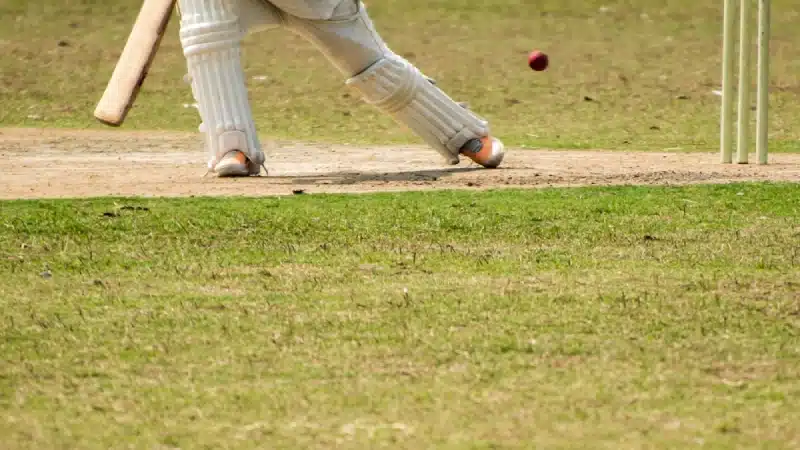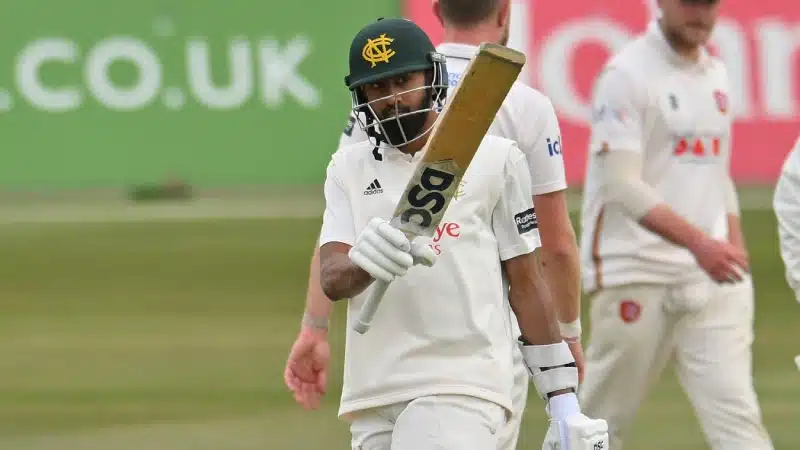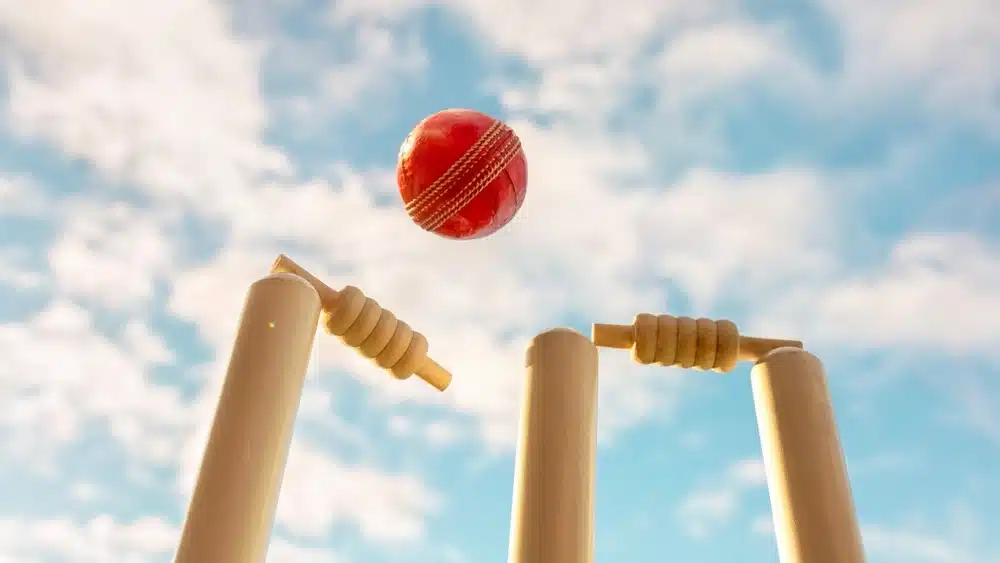
West Indies are often considered among the most dangerous T20I outfits in world cricket. With some hefty ball-strikers, they sure occupy a large chunk of overseas players that roam T20 leagues and it's nearly unfathomable that the Windies aren't in the discussion when a T20 World Cup favourite is discussed.
However, post their triumph in the 2016 T20 World Cup in India, the side had flown low key with the player exodus (to T20 leagues) and poor T20 records. However, with Kieron Pollard taking over the reins, the side has started to show signs of returning to the prime that led to two world titles. So what really happened with the Windies and what is happening right now?
The poor run
Between the end of the 2016 T20 World Cup to the time Pollard took over, Windies played 36 T20Is, winning just 11 and losing 23, their win-loss ratio worse than India, Pakistan, South Africa, Australia, New Zealand, Afghanistan, and England among top-flight teams. In this period, they only won two series of more than one game in the format - against Bangladesh and Afghanistan - while losing to New Zealand, Bangladesh, Pakistan (thrice), India (twice) and England.
Why the poor run?
A lot of this was down to their poor performances across disciplines. With the bat, the Windies struck at a rate of 117.18, the worst among top tier teams, averaging 18.24, again well below the other big teams including Bangladesh. The famed big-hitters were absent and West Indies were neither scoring consistently nor scoring quickly. This surprising trend was difficult to buckle with a lot of key players choosing to play for T20 franchises rather than the Windies.
The bowlers couldn't shore up the efforts of the batsmen either. They averaged nearly 29 collectively, the worst after Bangladesh and Sri Lanka and leaked runs at a rate of 8.13. In short, West Indies were ill-disciplined in both key areas and needed a massive change.
The change in Pollard
The biggest decision Cricket West Indies made in the last few years was bringing back Kieron Pollard and handing him the captaincy reins in the shorter formats. An experienced player with a good understanding of the game, Pollard, a T20 mercenary, proved to be the impetus this Windies side needed. His return has led other T20 globetrotters to make themselves available for the Windies with Andre Russell, Dwayne Bravo, Lendl Simmons, Sunil Narine, and Chris Gayle all coming back into the reckoning.
Since Pollard took over, Windies have lost only as many as they have managed to win (5 wins and 5 losses). It's still not a great record but the trend is significantly changing. The batting average is 31.29 in this period, which is the best after India and Australia. The team batting strike rate is an impressive 140.74 and there have been eight half-centuries from the players in this short time frame.
The bowling has also clicked in sync with the bowlers averaging less than 25 and bowling with better plans and understanding. Oshane Thomas showed in the recent T20I against Sri Lanka that returning players are welcomed and encouraged to perform. His five-wicket haul immediately after recovering from an accident is an inspiring story.
In Brandon King, Hayden Walsh, Nicholas Pooran and Shimron Hetmyer, the Windies have young superstars who have embraced the game. Sheldon Cottrell and Oshane Thomas lead their bowling charge with Fabian Allen and the experience of Bravo and Russell adding more teeth to the attack. Overall, there's an unprecedented vibe in the setup, one that Pollard has cultivated in a short time.
With the T20 World Cup arriving, the Windies are peaking at the right time to defend their title. With the kind of talent at their disposal, would anybody even dispute them being one of the favourites?
Feature image courtesy: AFP/ Ishara S.Kodikara




















